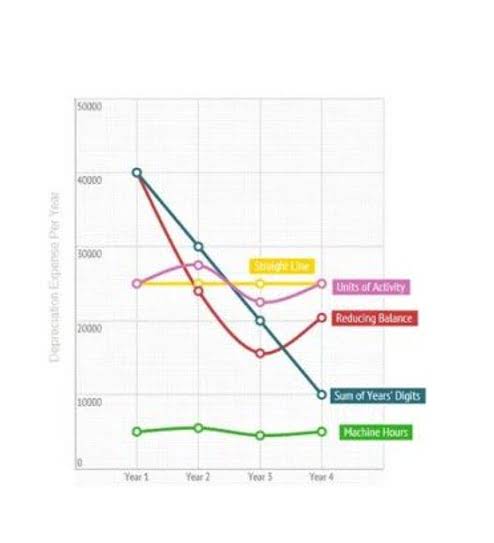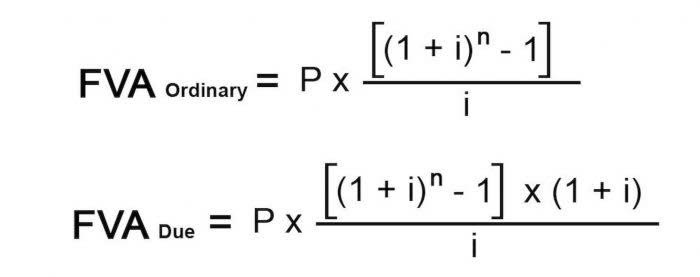
Generally speaking, a company with a negative retained earnings balance would signal the ending balance of the retained earnings account appears in weakness because it indicates that the company has experienced losses in one or more previous years. However, it is more difficult to interpret a company with high retained earnings. When the retained earnings balance is less than zero, it is referred to as an accumulated deficit. Both revenue and retained earnings are important in evaluating a company’s financial health, but they highlight different aspects of the financial picture.

Why are retained earnings important for small business owners?
- Non-cash items such as write-downs or impairments and stock-based compensation also affect the account.
- The specific use of retained earnings depends on the company’s financial goals.
- Where profits may indicate that a company has a positive net income, retained earnings may show that a company has a net loss, depending on the amount of dividends it paid out to shareholders.
- The beginning equity balance is always listed on its own line followed by any adjustments that are made to retained earnings for prior period errors.
- This ending balance indicates historical financial performance and the company’s policy on profit reinvestment.
- Retained earnings are the cumulative net earnings or profit of a company after paying dividends.
- The prior period balance can be found on the opening balance sheet, whereas the net income is linked to the current period income statement.
It reconciles the beginning balance of net income or loss for the period, subtracts dividends paid to shareholders and provides the ending balance of retained earnings. The statement of retained earnings is a financial statement that is prepared to reconcile the beginning and ending retained earnings balances. Retained earnings are the profits or net income that a company chooses to keep rather than distribute it to the shareholders. The balance in dividends, revenues and expenses would all be zero leaving only the permanent accounts for a post closing trial balance.

Find your net income (or loss) for the current period
- When a company consistently experiences net losses, those losses deplete its retained earnings.
- Retained earnings refer to the money your company keeps for itself after paying out dividends to shareholders.
- From a more cynical view, even positive growth in a company’s retained earnings balance could be interpreted as the management team struggling to find profitable investments and opportunities worth pursuing.
- Dividends are distributions of a company’s accumulated profits to its shareholders.
Since the statement of retained earnings is such a short statement, it sometimes appears at the bottom of the income statement after net income. One way to assess how successful a company is in using retained earnings is to look at a key factor called retained earnings to market value. It is calculated over a period (usually a couple of years) and assesses the change in stock price against the net earnings retained by the company. Revenue is the money generated by a company during a period, but before operating expenses and overhead costs are deducted.
The ending balance of the retained earnings account appears in which of the following financial statements?
Retained earnings, at their core, are the portion of a company’s net income that remains after all dividends and distributions to shareholders are paid out. As you Medical Billing Process can see, the beginning retained earnings account is zero because Paul just started the company this year. Likewise, there were no prior period adjustments since the company is brand new. When a company makes a profit at the end of its financial year, its shareholders may decide to allocate part of the profits to retained earnings. The discretionary decision by management to not distribute payments to shareholders can signal the need for capital reinvestment(s) to sustain existing growth or to fund expansion plans on the horizon. Below is a break down of subject weightings in the FMVA® financial analyst program.

Excel Template File Download Form
Expense accounts are credited to zero, with the total debited to Income Summary. Whether positive or negative, retained earnings appear at the top of the liabilities side of the balance sheet, as part of the company’sshareholders’ equity. If your business is seasonal, like lawn care normal balance or snow removal, your retained earnings may fluctuate substantially from one quarter to the next. Therefore, the calculation may fail to deliver a complete picture of your finances.The other key disadvantage occurs when your retained earnings are too high.

In the same period, the company issued $2.82 of dividends per share, while the total earnings per share (diluted) was $18.32. It involves paying out a nominal amount of dividends and retaining a good portion of the earnings, which offers a win-win. When a company consistently retains part of its earnings and demonstrates a history of profitability, it’s a good indicator of financial health and growth potential. This can make a business more appealing to investors who are seeking long-term value and a return on their investment.
